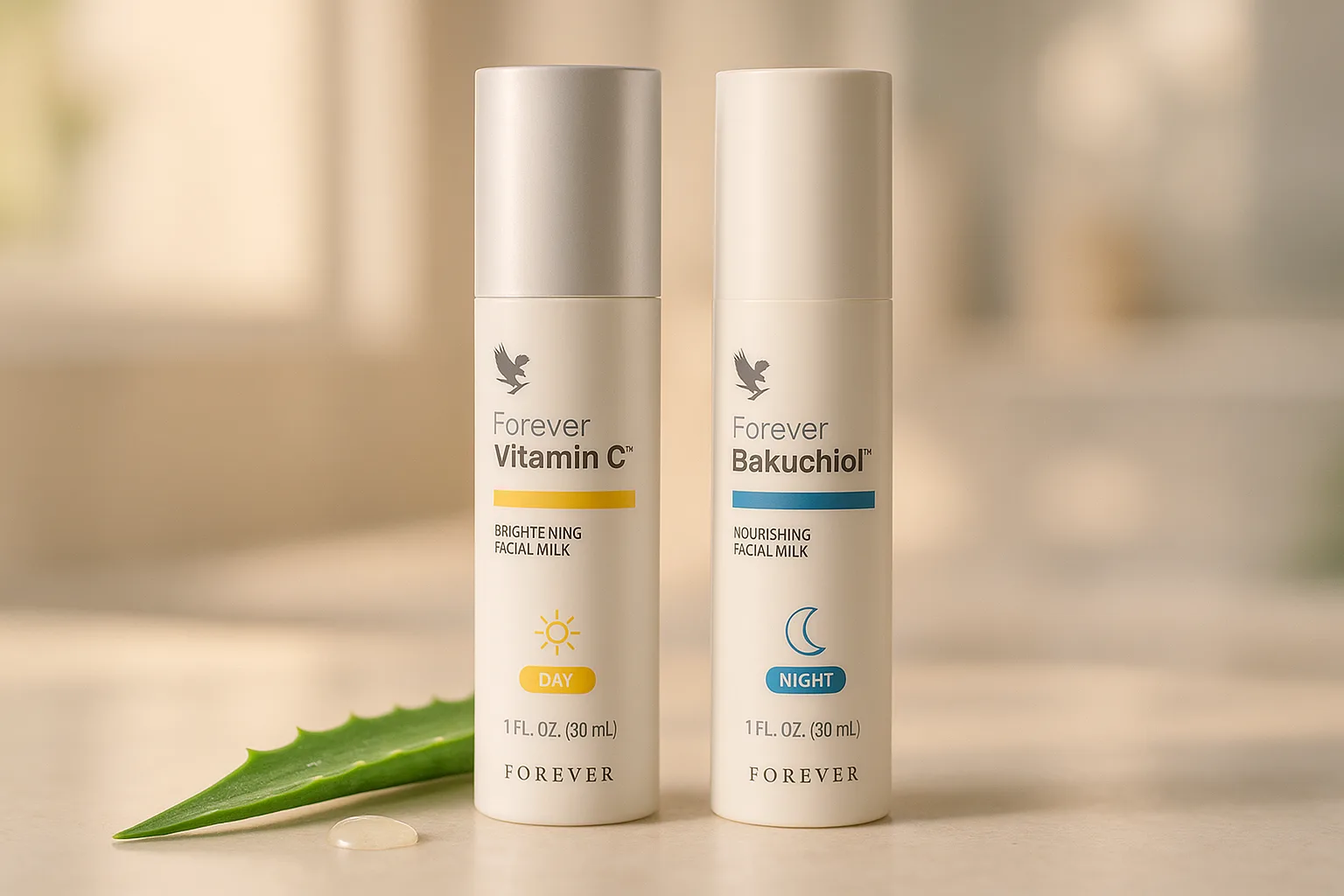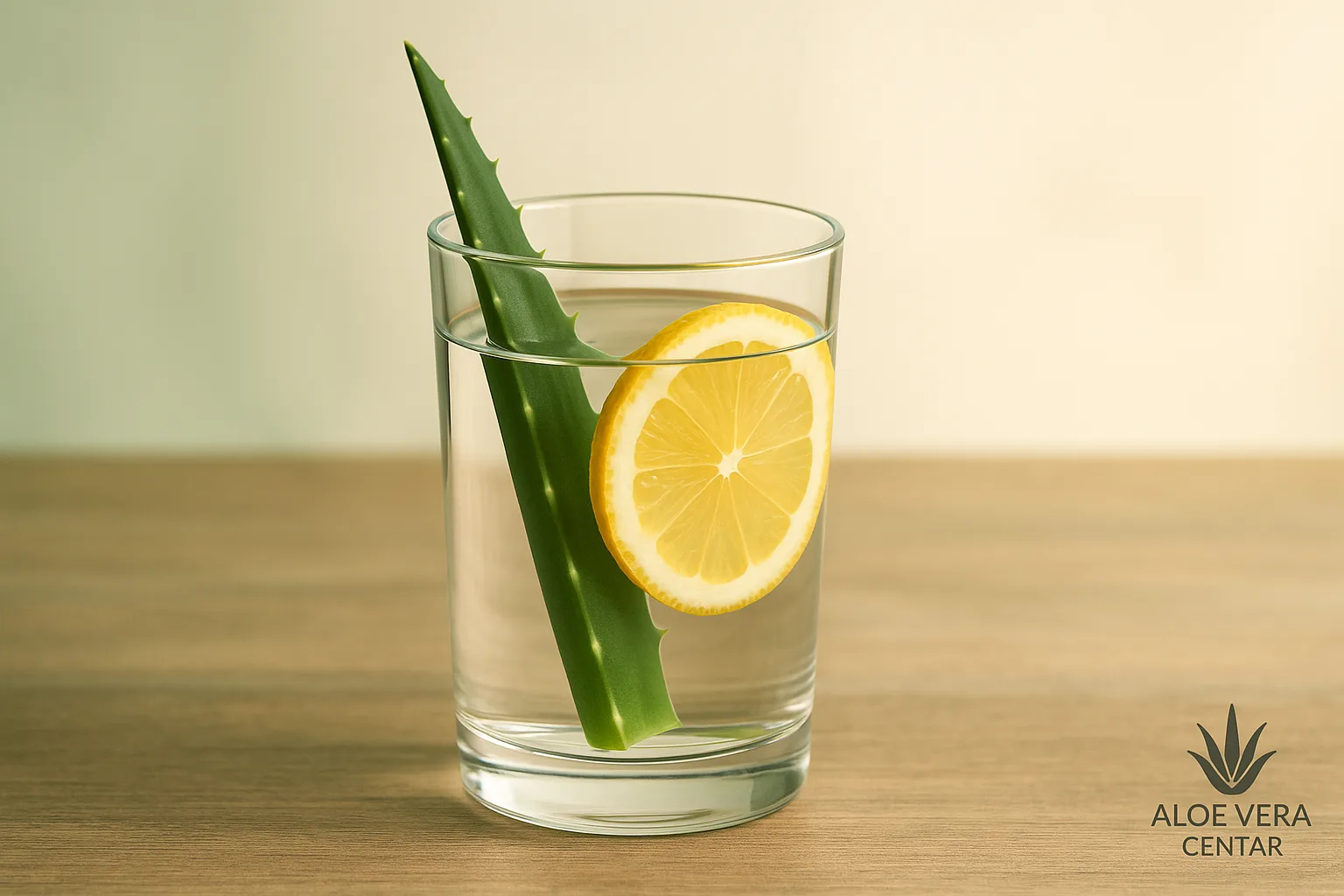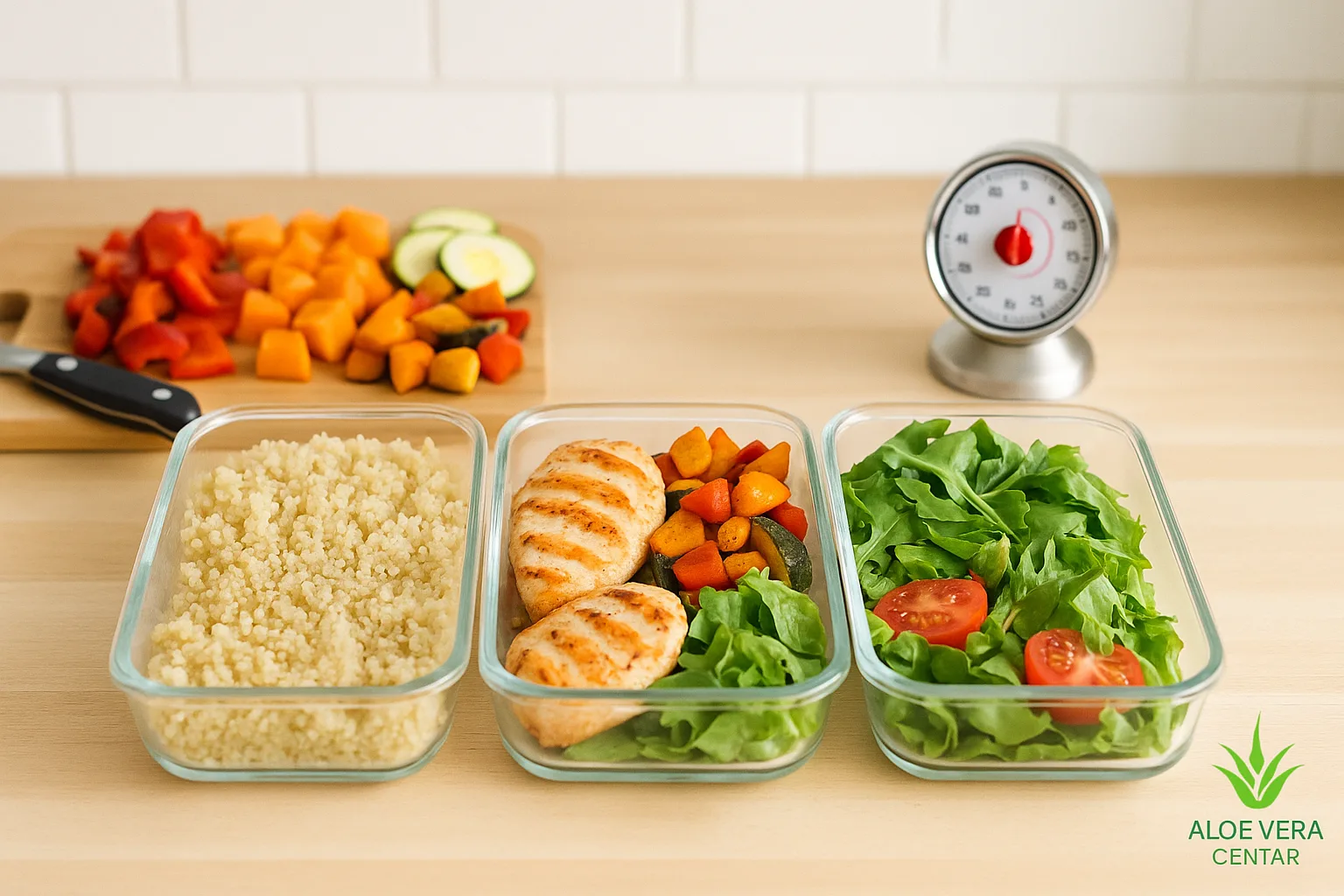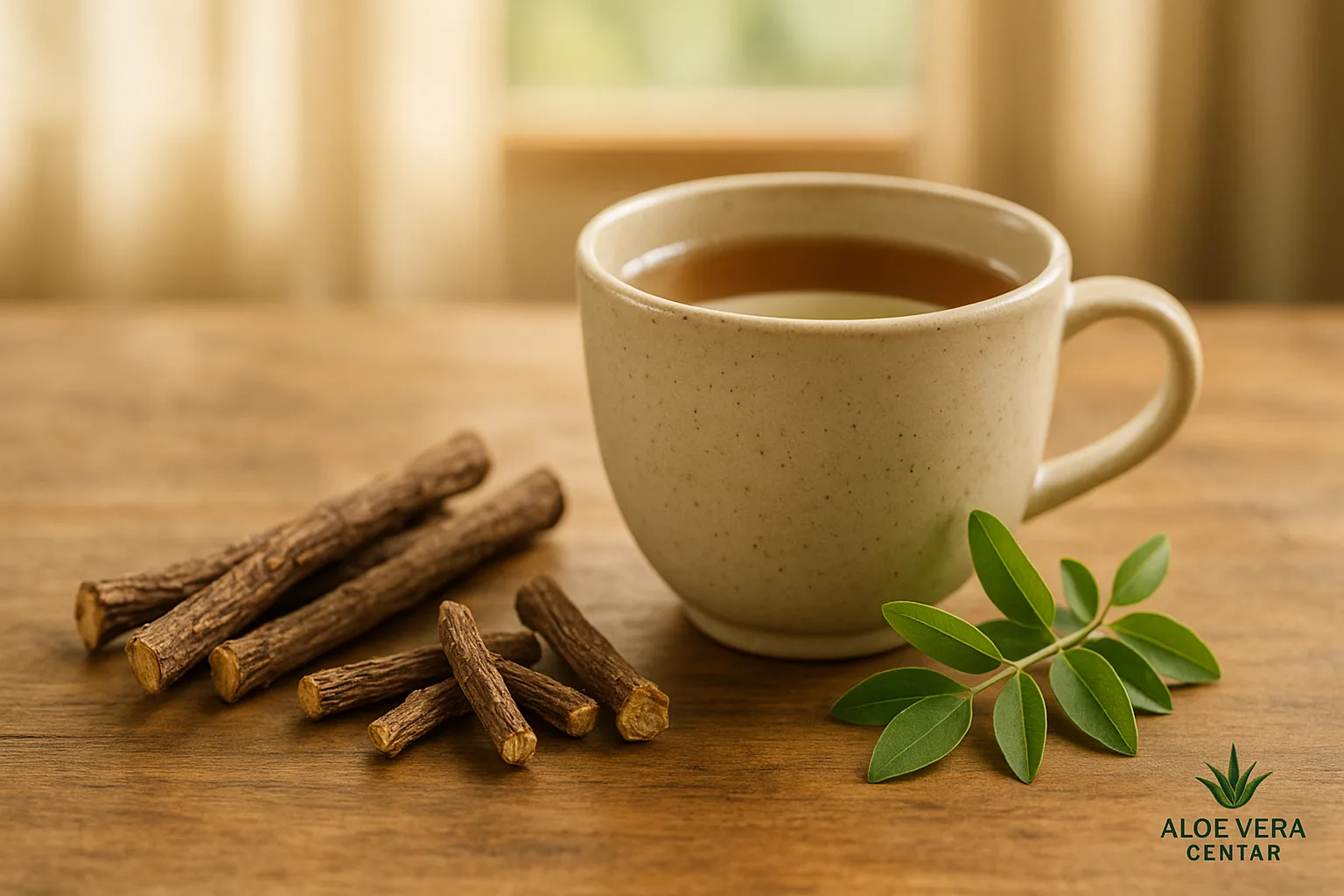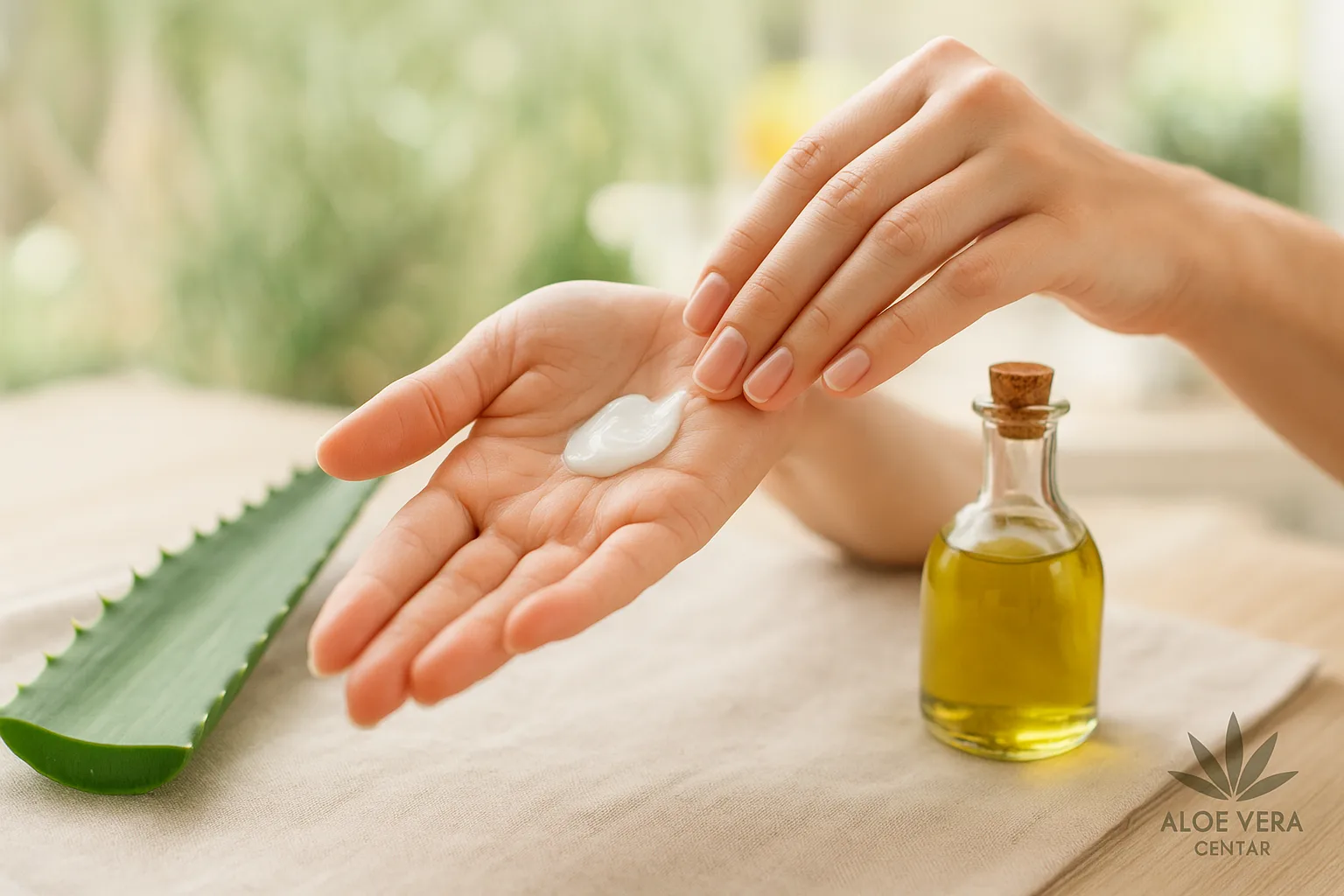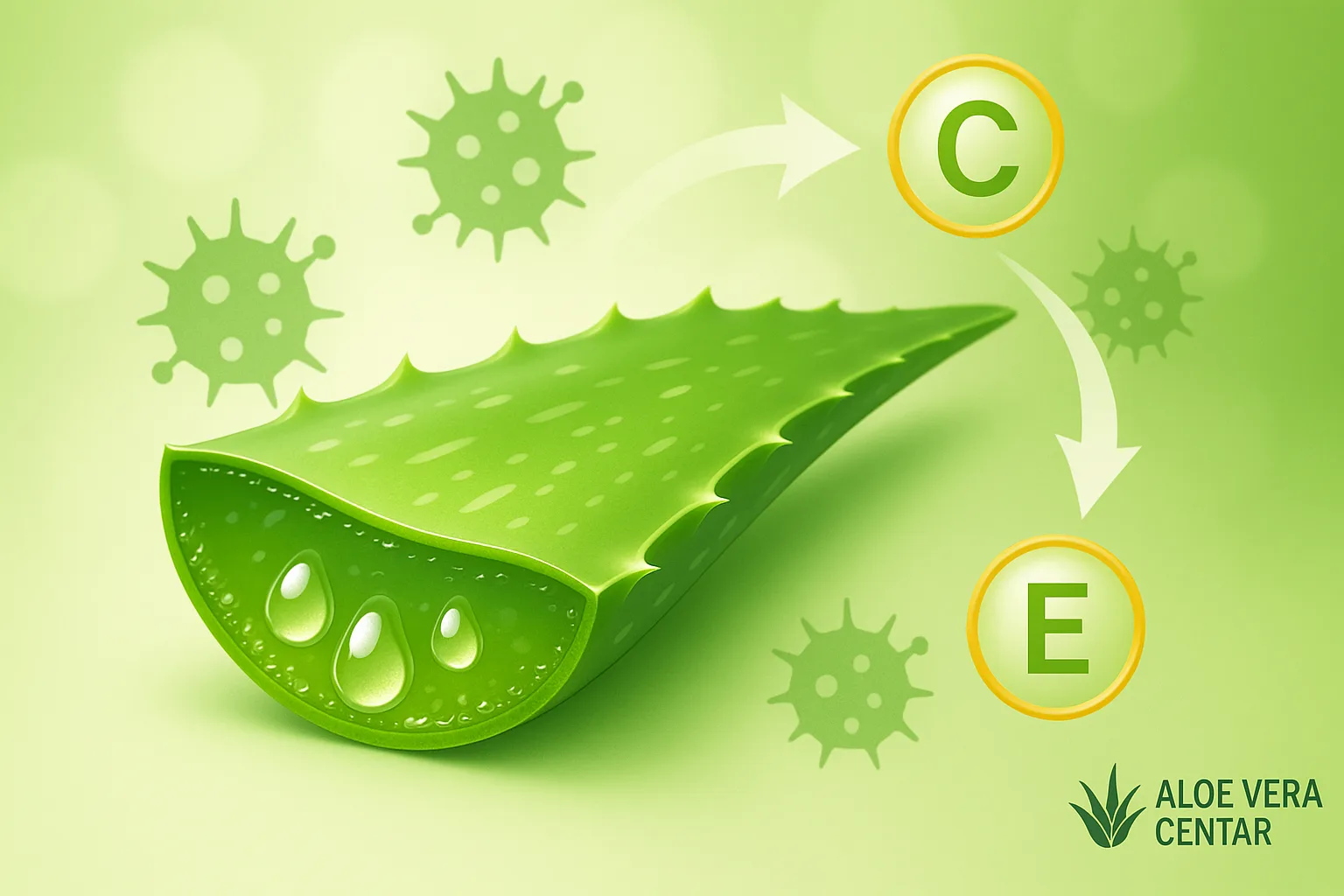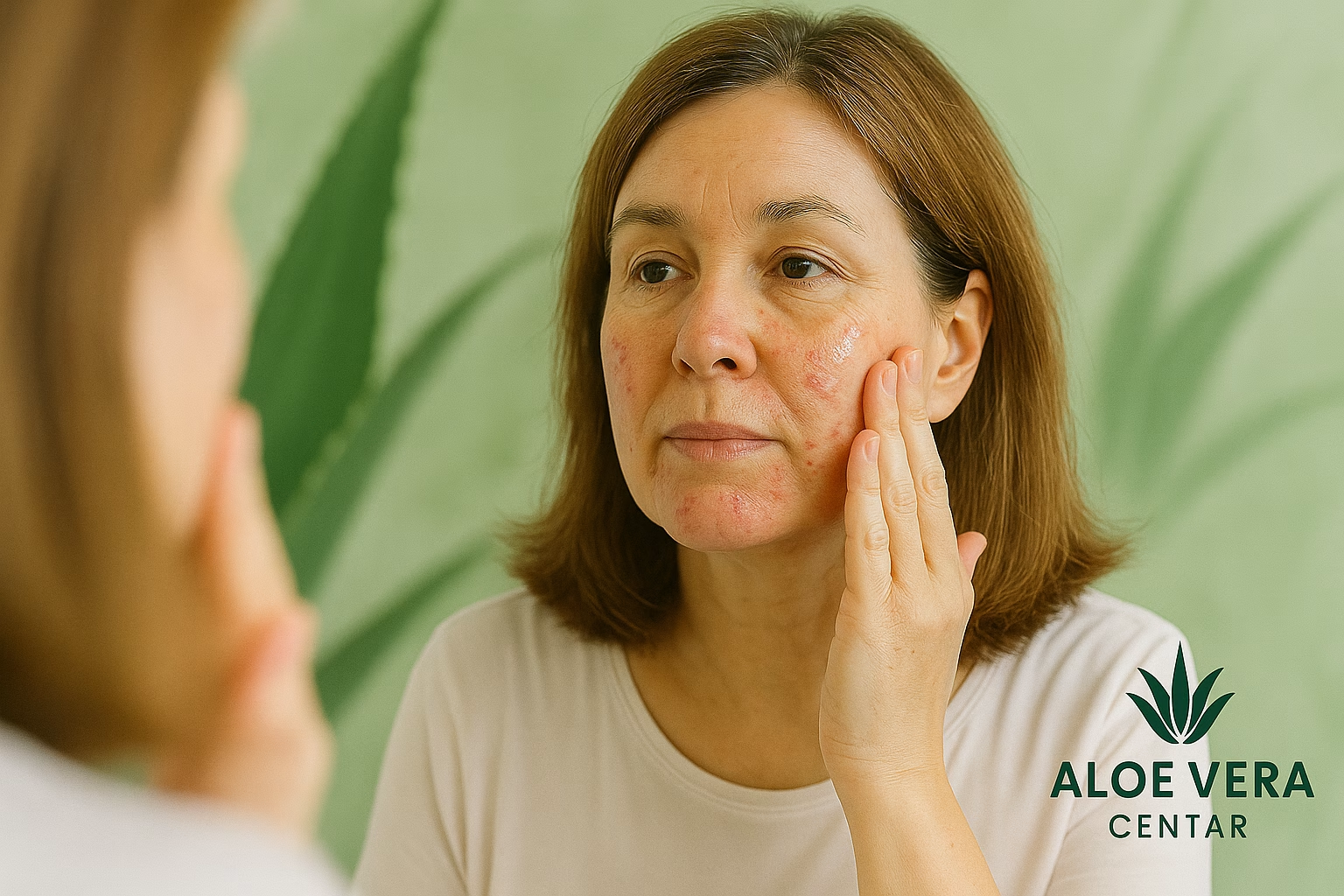
Facial Acne – Natural Solutions with Aloe Vera and Smart Routine
Facial Acne: Natural Solutions with Aloe Vera and Smart Routine
Acne is much more than a passing skin blemish – it can affect our self-confidence, mood, and daily rhythm. If you’re in your thirties or fifties and wondering why pimples are still ruining your morning mirror check, keep reading: in this guide, you’ll discover proven strategies for calming inflammation, restoring skin barrier, and bringing back a healthy glow to your face.
You might wonder why? Although acne is often associated with teenage years, hormones, stress, diet, and environment can trigger sebaceous gland inflammation even after youth. The good news is that natural help exists – and it’s in your home cabinet with aloe vera.
Why Does Acne Occur after 30?
While puberty triggers a hormone avalanche, there are multiple culprits in later age:
- Hormonal changes – fluctuations in estrogen and testosterone can trigger increased sebum production and inflammation. You’ll find a detailed explanation in our article about hormonal acne.
- Stress and lack of sleep – cortisol activates inflammatory processes, as confirmed by a study published in the Journal of Clinical and Aesthetic Dermatology in 2022.
- Diet rich in refined carbohydrates – high glycemic index raises insulin, which indirectly stimulates androgens and increased sebum production.
- Inappropriate cosmetics – aggressive surfactants can disrupt skin pH and pave the way for Cutibacterium acnes bacteria.
Key Steps in Daily Routine
Gentle Cleansing and pH Balance
The first step in fighting acne is gentle cleansing twice daily. Use moderate sulfate-free products to remove excess sebum while retaining natural skin lipids. A pH between 5.5 and 6 is recommended – this creates an uncomfortable environment for pathogens while keeping the skin barrier functional.
Hydration without Clogging Pores
Yes, even oily skin needs moisture! Light gels and lotions based on aloe vera are best. Forever Aloe Vera Gel provides abundant hydration without comedogenic oils, and thanks to the polysaccharide acemannan, it helps soothe redness.
The Power of Aloe Vera: Game-Changing Ingredients
Aloe vera contains 75 phytonutrients, including vitamins A, C, and E, minerals zinc and magnesium, and bradykininase enzymes that reduce inflammation. According to PubMed, topical aloe gel can reduce papule size by 35% in four weeks of regular use. If you want additional protection, explore aloe vera skincare with step-by-step suggestions.
For local soothing of inflamed pimples, consider concentrated Aloe Vera Gelly: apply it as a night mask on the inflamed area – you’ll see less redness by morning.
Dietary Supplements that Help from Within
Skin inflammation often reflects gut health and hormonal balance. Include quality omega-3 fatty acids in your routine. A 2021 clinical meta-analysis (Dermato-Endocrinology) found that people with acne have lower EPA levels. Learn more about omega-3 benefits and consider adding Forever Arctic Sea Omega to fight systemic inflammation.
Lifestyle and Dietary Triggers
Sounds too good to be true? Keep reading…
Sugar and dairy products can worsen acne in sensitive individuals. Keep a food diary: note when new inflammation appears and check if you consumed milk, cheese, or sweets. Gradually reduce intake and monitor your skin’s response.
Stress is another hidden enemy – cortisol increases insulin and androgen levels. Include stress management techniques like mindful breathing or short walks after work.
Natural SOS Treatments when a Pimple Appears
But that’s not all… Next time you feel a painful bump under your skin, try a cold compress with a few drops of Aloe First spray. The combination of aloe vera, propolis, and allantoin soothes irritation and shortens healing time.
When the base is red and painful, locally massage in a thin layer of Aloe MSM Gel. Methylsulfonylmethane (MSM) provides sulfur – a key mineral for collagen, while aloe cools and hydrates.
Advanced Tips for Long-term Success
- Balance your gut microbiome with prebiotics and fiber sources – integrate fermented foods and inulin-rich vegetables.
- Regularly exfoliate with gentle enzymatic peeling to prevent dead cell buildup and pore clogging.
- Choose non-comedogenic cosmetics labeled “oil-free” and “non-comedogenic”.
- Stay hydrated – 30 ml of water per kilogram of body weight daily is recommended.
Frequently Asked Questions
1. Can I Use Aloe Vera Every Day?
Absolutely. Pure aloe gel is suitable for daily use, morning and evening, as it balances moisture without greasy shine.
2. How Quickly Will I See Results?
Most users notice reduced redness within 7 days and visibly clearer skin after 4-6 weeks of consistent routine.
3. Will Omega-3 Oil Cause Additional Skin Oiliness?
No – quality EPA and DHA fatty acids work anti-inflammatorily, and at the correct dose (1-2g daily) don’t increase sebum production.
4. When should I Visit a Dermatologist?
If despite proper care, inflammations remain painful, cystic, or leave scars for longer than three months, seek professional evaluation.
Conclusion
Facial acne can be persistent but isn’t invincible. Through a combination of proper care, balanced diet, and natural supplements, skin gradually returns to balance. Want a personalized plan? Visit our AI advisor and get a routine tailored to your skin in minutes. And if you’re ready to try the recommended products, get 15% off your order and start your journey to clearer skin today!
Explore Additional Tips for Healthier Skin
Acne care doesn’t stop at the face. If you’re also dealing with back acne, check out our guide Back Acne – 5 Steps to Clearer Skin. You’ll find practical advice about hygiene, fabrics, and aloe vera for large skin areas.
For targeted inflammation relief, we recommend Aloe MSM Gel – a combination of aloe and sulfur that provides relief for redness and sensitivity.
If you want quick and simple tricks for daily routine, take a look at our article How to Remove Pimples and discover which small changes can make a big difference.
By combining aloe vera, proper care, and mindful lifestyle habits, you achieve lasting results – and give your skin what it deserves: balance and healthy glow.
Note: The information in this article is for educational purposes only and is not a substitute for professional medical advice. For serious or persistent conditions, consult a physician or dermatologist.

